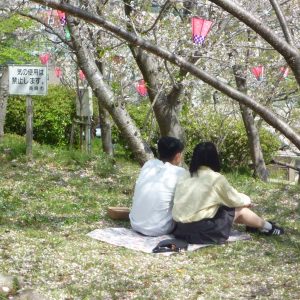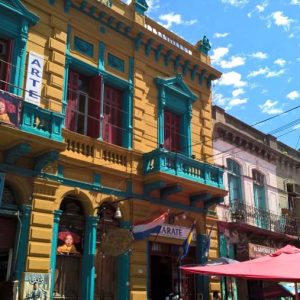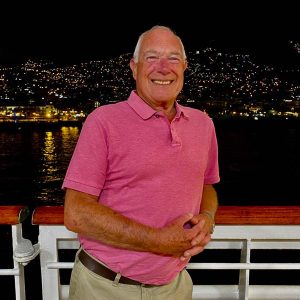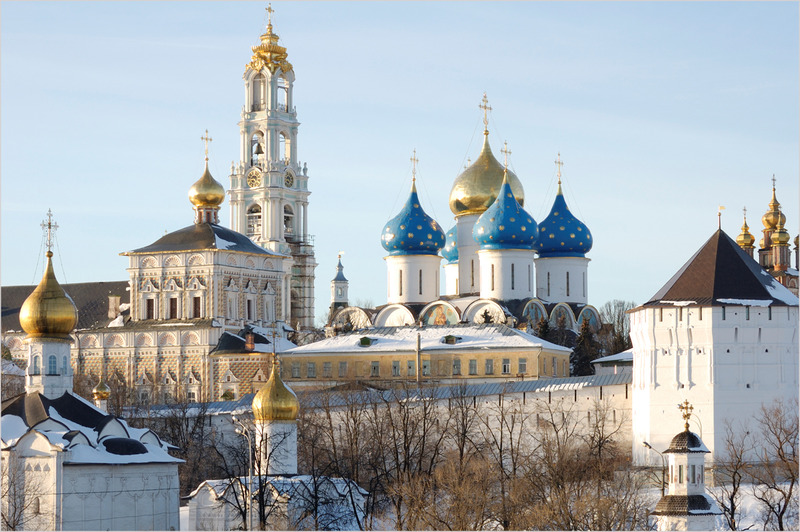 For the best of Russian soul, Christina Gibbons of Regent Holidays recommends a trip to Ekaterinburg, with Moscow and Minsk on her visiting list too. She enjoys a spot of train travel too. Christina is a woman who knows her stuff, talk to her about Russia, Belarus or the Trans-Siberian railway and she is Mastermind material. I suspect this is because she first visted the USSR in 1973 as a youngster and even learnt Russian at school. This first visit was highly controlled, a bit regimented and with little chance of seeing or meeting ordinary Russian people.
For the best of Russian soul, Christina Gibbons of Regent Holidays recommends a trip to Ekaterinburg, with Moscow and Minsk on her visiting list too. She enjoys a spot of train travel too. Christina is a woman who knows her stuff, talk to her about Russia, Belarus or the Trans-Siberian railway and she is Mastermind material. I suspect this is because she first visted the USSR in 1973 as a youngster and even learnt Russian at school. This first visit was highly controlled, a bit regimented and with little chance of seeing or meeting ordinary Russian people.
Fast forward a few years, and Christina has visited Russia many times in the 26 years she has worked for Regent Holidays, and has travelled regularly on the Trans-Siberian railway. She tells me of the etiquette that requires you share what you have, food and drink-wise, with your fellow train travellers. And of the sellers that arrive at every stop, where the train comes to rest for up to 30 minutes so passengers can refresh themselves and stock up on provisions for the journey. For this is no ordinary railway, whilst it caters for local traffic, many who travel on it are foreigners, literally all nationalities. The full journey from Moscow to Vladivostok takes 8 days, goes through 7 time zones and is nearly 6000 miles long. Exhausting. And you can go through Mongolia and China too, on to Beijing. Whilst Christina admits the scenery can be a bit boring, flat through birch forests, broken up by the odd wooden cottage, something is always happening on the train. The journey itself seems to be as important, as being in Russia is. The sleeping arrangements are fine, 2 or 4 berth, clean, comfortable but not en suite, nor private. You could end up sharing with anyone! I guess that makes for an interesting night, especially after an evening in the restaurant car, where you bring your own alcohol. I am told of the camaraderie that develops between strangers, and how language barriers are somehow overcome.
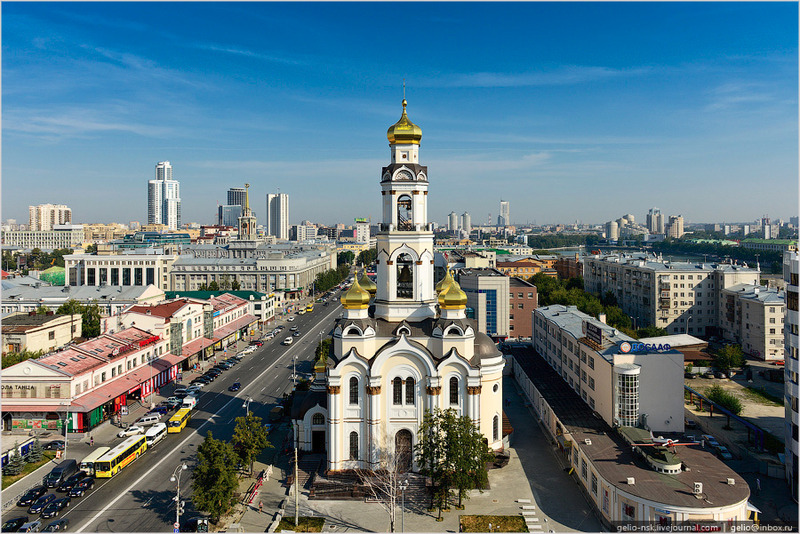 Christina’s favourite place in Russia is Ekaterinburg, famous for its links with the Romanovs and their tragic deaths. It’s an interesting city, built for Catherine the Great and being heavily industrialised, during WWII was a ‘closed’ city, ie no visits from foreigners.. It has a combination of magnificent pre-communist mansions and Stalinist architecture, a curious juxtapositioning. However, post communism, Christina reports that the city has an arty, creative feel and is definitley on the up. You can still visit the basilica built to commerate the demise of the Tsar’s family, and also see the monastry created around the original burial pit. I imagine it to be highly evocative, especially if snow is falling, and you stand on the very edge of Siberia, where villages and agriculture continue in a time warp.
Christina’s favourite place in Russia is Ekaterinburg, famous for its links with the Romanovs and their tragic deaths. It’s an interesting city, built for Catherine the Great and being heavily industrialised, during WWII was a ‘closed’ city, ie no visits from foreigners.. It has a combination of magnificent pre-communist mansions and Stalinist architecture, a curious juxtapositioning. However, post communism, Christina reports that the city has an arty, creative feel and is definitley on the up. You can still visit the basilica built to commerate the demise of the Tsar’s family, and also see the monastry created around the original burial pit. I imagine it to be highly evocative, especially if snow is falling, and you stand on the very edge of Siberia, where villages and agriculture continue in a time warp.
Belarus, capital Minsk, population 9.5 million, landlocked. Christina tells me it really is a throwback to communist times, it is totally safe for visitors with very little crime, however the economy is in freefall right now making it a very cheap place for tourists. Due to the invading German forces during WWII, many pre 1940s buildings were obliterated, so the re-build has given rise to wide boulevards and unexpectedly clean parks and gardens. Some re-construction of old buildings has taken place, and Minsk reeks of history, with monuments a-plenty, some of them commerating appalling acts of atrocity, that here in Western Europe we barely acknowledge. Despite this historical legacy, it is a very attractive city, which visitors enjoy hugely.
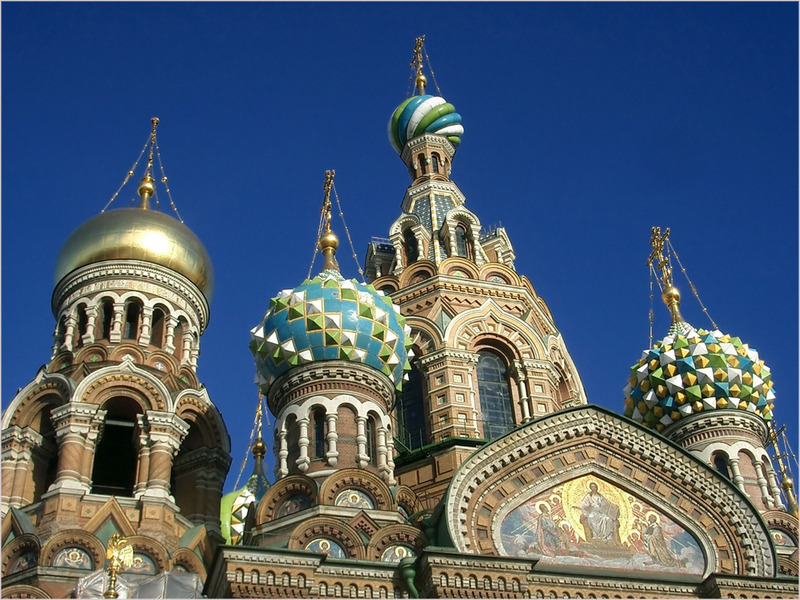 So what of the people of the former USSR I ask, is this why you love the place? Absolutely, Christina replies, the soul of the people , their depth of feeling and their passion. There are artists, composers and writers oozing out of the history and culture. Plus, Russia particularly has an energy, a vibrancy these days, a sense of renewal that makes it exciting. And where should the first time visitor go? Clearly to Moscow for the Kremlin, St Basil’s, midnight at Red Square and St Petersburg which is so pretty, with palaces and the Hermitage – a lifetime’s magnificent culture to digest. But it is not, Christina tells me, the real Russia. She advises that you talk to people, who may seem a bit a reserved at times, though once won over Russian hospitality is legendary (I can vouch for that) and very thin excuses are needed for toast after toast of ice cold vodka, be prepared. She also, very sensibly, suggests that you learn the cyrillic alphabet, as the signs are only in Russian, being a visual demonstration that Russia is most certainly different to anywhere else!
So what of the people of the former USSR I ask, is this why you love the place? Absolutely, Christina replies, the soul of the people , their depth of feeling and their passion. There are artists, composers and writers oozing out of the history and culture. Plus, Russia particularly has an energy, a vibrancy these days, a sense of renewal that makes it exciting. And where should the first time visitor go? Clearly to Moscow for the Kremlin, St Basil’s, midnight at Red Square and St Petersburg which is so pretty, with palaces and the Hermitage – a lifetime’s magnificent culture to digest. But it is not, Christina tells me, the real Russia. She advises that you talk to people, who may seem a bit a reserved at times, though once won over Russian hospitality is legendary (I can vouch for that) and very thin excuses are needed for toast after toast of ice cold vodka, be prepared. She also, very sensibly, suggests that you learn the cyrillic alphabet, as the signs are only in Russian, being a visual demonstration that Russia is most certainly different to anywhere else!
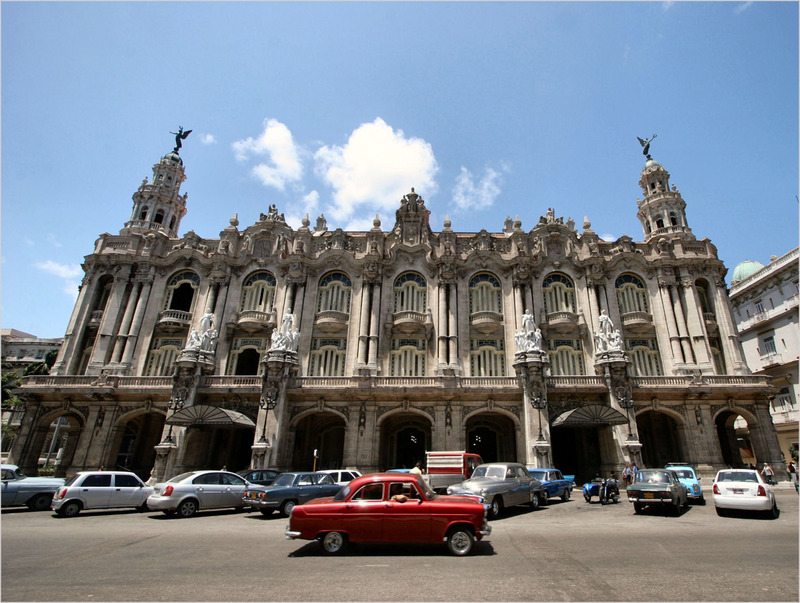 And so to that guilty secret, Christina loves to dance, most especially in Cuba! A communist theme is developing here. She loves the climate, the people and the perpetual stream of music. Cuba, I’m told, is just one long party with age and shape no problem. If you can move, you can dance. She cites the Buena Vista Social Club in Havana, where it almost compulsory for the musicians to be over 70. We start talking about Cuban male ballet dancers, highly respected, red blooded, alpha males who are an international export for the island.
And so to that guilty secret, Christina loves to dance, most especially in Cuba! A communist theme is developing here. She loves the climate, the people and the perpetual stream of music. Cuba, I’m told, is just one long party with age and shape no problem. If you can move, you can dance. She cites the Buena Vista Social Club in Havana, where it almost compulsory for the musicians to be over 70. We start talking about Cuban male ballet dancers, highly respected, red blooded, alpha males who are an international export for the island.
We move on. Christina would love to visit South America properly and dance the tango in Argentina as well as do the tourist trail, particularly Machu Picchu. Although I reckon she’ll be dancing wherever she goes, maybe searching out a Russian exile for company, to swop stories of their travels.

